By Helen
It is every woman’s right to choose how she will birth her baby – what is most important is that she does so with informed consent.
Birthing in hospital has become the conventional option for pregnant women today. There is a sense of security in knowing that there are doctors and nurses on call and easy access to pain medication, especially for first time mothers and high-risk pregnancies. But hospital interventions can come at a cost to the mother and child, as they do not come without possible side effects and risks.
While some women may not have a problem with birthing in a hospital environment despite the intervention risks and side effects, others may; there are women who prefer a more natural birthing experience, with little to no intervention. It all depends on what it is they expect from their birthing experience.
In this article, I will endeavour to highlight some key issues that I would have with birthing in hospital. Many of these risks and considerations are why I chose a natural water birth at home. You can read about My Natural Birthing Experiences in this article, as well as more information about The Home Birth and Natural Water Birth here.
It is possible to plan a non-invasive hospital birth (with less intervention) – skip to the bottom of the article, here.
Some key considerations
What does it feel like to walk through a hospital corridor or entrance? From my perspective, hospitals are negative, depressive, and oppressive places to be in, since there are many sick and dying patients who reside there. Giving birth, on the other hand, should be a time to celebrate; it is a life-giving event when a new baby is born into the world. It is a time to rejoice. In general, I do not see the hospital environment as the most successful place to birth a new life, as it is contradictory in vibrations (this might not be true for some birthing centres, as they may be well away from the main hospital facility, but I am speaking generally here).
Hospitals are necessary for emergency situations and for some women with high risk pregnancies. With many other normal pregnancies though, can hospitals sometimes be doing more harm than good? We know that medical interventions such as caesarean sections, inducing labour, instrumental deliveries and pain medications used can have side effects and risks. Clamping the cord too early is also a cause for concern, and is still happening to this day.
Also, hospitals are not always safe environments, mainly due to factors such as an increased risk of infections and recorded cases of iatrogenic errors. Also, high levels of electromagnetic radiation produced by hospital equipment may pose a problem for some patients. Emf pollution is a public health concern that may pose serious health risks, especially to babies and children.
Is it true that a large portion of the medical establishment is profit motivated and driven, as many big businesses are? Could it be that many procedures done or medications given may be intentionally pushed because of money incentives and time efficiency (a natural labour can take many hours before it’s over), even if they are not required in many cases, such as in unnecessary c-sections?
Just because someone is in a position of authority does not always mean their decisions will be the correct ones for you. Medical professionals are human after all, and humans do make mistakes. It is evidenced in the many doctors who hold opposing or contradictory viewpoints about many different topics regarding health and medicine, all around the world. So which authority do you trust?
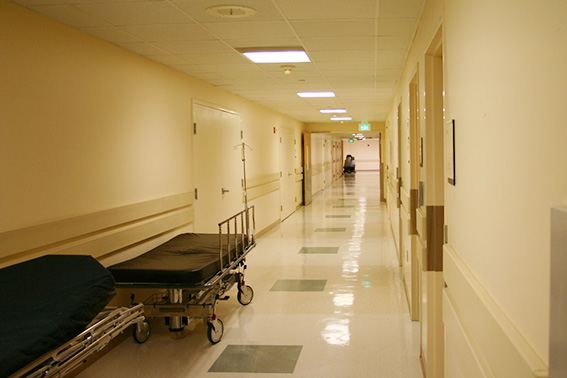
Risks
The risk of iatrogenic death is high
(Iatrogenic: induced inadvertently by a physician or surgeon or by medical treatment or diagnostic procedures)
According to figures (by various sources) spanning a 10-year period, 164 million people or approximately 56% of the population of the United States, have been treated unnecessarily by the medical industry.
The deaths that occurred were due to these iatrogenic errors:
- Adverse drug reactions
- Medical errors
- Bedsores
- Infections
- Malnutrition
- Outpatients
- Unnecessary procedures
- Surgery related 1
The risk of infection is greatly increased
Apparently, 75k people die each year due to infections and an estimated 648,000 people in the U.S. develop infections during a hospital stay, according to the Centres for Disease Control and Prevention (CDC). This is due to the overuse of antibiotics, which kills off protective bacteria, therefore encouraging growth of superbugs. The spread of the bacteria is also said to be due to health care workers being near sick people and shared equipment use. 2
There are reported cases of errors made with medications, 3 and there are many practises and procedures that are implemented in many cases unnecessarily. These are just a few reasons I prefer to home birth.

Unnecessary caesarean sections on the rise
While caesarean sections are required in certain situations, many cases have been pushed by the doctor even when not absolutely required.
For example, global caesarean section rates have almost doubled in less than a generation, from 12 percent of all births in 2000 to 21 percent in 2015. The procedure has increased by 60% between 1996 to 2011, and now over a third of all births in the country are delivered by this procedure. 4
In Latin America, c-section rates are at 44% of women, compared to only 4.1% in Western and Central Africa. 4
The procedure is considered to be serious surgery with potential risks and complications for both mother and child. Such risks include woman’s bowels being lacerated accidentally, as well as the child, risks of infection and increased complications with future births. 3 Why are c-sections on the rise? One of the reasons is that they cost less than a natural vaginal birth. From a resource point of view, hospitals are reimbursed at 50% more than vaginal deliveries. As we know, a natural labour can last many hours and undertaking this procedure allows less staffing time.
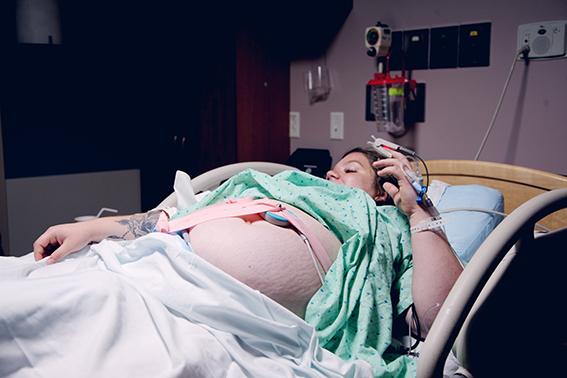
Inducing labour
Inducing labour involves stimulating the uterus before contractions can begin naturally. It can be undertaken when there are complications involved or labour has not commenced as expected. Sometimes inducing labour is undertaken for logistic reasons. If the mother lives far from the hospital the concern is that she may not make it there in time. The final step to the procedure involves using Pitocin (a synthetic form of the naturally occurring hormone oxytocin) via an IV. However, there are risks associated with inducing labour.
These include:
- Increased risk of complications during birth such as risk of infection, bleeding after delivery, uterine rupture, umbilical cord problems;
- Increased risk of having medical interventions such as caesarean section or instrumental delivery;
- Increased risk of the baby needing intensive care because it is born prematurely;
- Increased risk of jaundice. Jaundice is the inability of the baby to break down red blood cells in the liver. 5,6
Pain medication
Whilst pain medication, most commonly epidurals, can bring significant pain relief during labour, they don’t come without the risk of side effects to the mother and child.
Epidurals slow the process of labour down and paralyse the pelvic floor muscles needed to guide the correct head position for the baby. Not only this, but the mother becomes much more likely to need medical intervention for delivering the baby, and therefore much more likely to require an instrumental birth (forceps or vacuum) or a caesarean section. Epidurals can also cause direct toxic effects (high drug levels) to the foetus. 7
Further maternal side effects of an epidural may include:
- Inability to pass urine;
- Itchiness of the skin;
- Drop in blood pressure (hypotension) can cause complications ranging from feeling faint to cardiac arrest, and can also affect the baby’s blood supply;
- Shivering, nausea, and vomiting;
- Rise in temperature (maternal fever);
- Unexpected breathing difficulties;
- Increased likelihood of bleeding after birth (postpartum haemorrhaging) 8
It is said that drugs can also interfere by lowering or inhibiting some of the hormones needed for labour and birth. Oxytocin, known as the love hormone, is needed for the uterus to contract in labour and establishes a close connection between mother and child. Beta-endorphin, the stress reduction hormone, builds up in natural labour to aid with pain management. Adrenaline and noradrenaline are required in the final stage of labour, where the mother needs a boost of energy to finally push out her baby.
There has been links to higher levels of jaundice, depression, low Apgar scores, may affect success with breastfeeding and an increased risk of brain damage to the baby due to maternal fever. 9
Other options include analgesics, general anaesthesia (used in emergency situations) and tranquilisers. All of which are not as often used due to higher impacts and risks of side effects. 10
Forceps and vacuum extraction
Women who receive epidurals are apparently more likely to need instrumental delivery, or a caesarean section. There are also risks involved regarding these extraction methods.
Some risks to the mother include: the potential for lacerations (tearing around the vagina, rectum, or urethra), short-term urinary incontinence and increased blood loss.
Some risks to the baby include: minor facial injuries including bruising, temporary facial muscle weakness, skull fractures, eye trauma, bleeding. 11, 12.
Cutting the cord too early
The question of when the cord should be clamped has been asked for over 2 centuries. 18
The clamping and cutting the umbilical cord at birth was stated as far back as 1801 by Erasmus Darwin, “Another thing very injurious to the child is the tying and cutting of the navel string too soon, which should always be left till the child has not only repeatedly breathed but till all pulsation (blood-flow) in the cord ceases. As otherwise the child is much weaker than it ought to be, a part of the blood being left in the placenta which ought to have been in the child and at the same time the placenta does not so naturally collapse, and withdraw itself from the sides of the uterus, and is not therefore removed with so much safety and certainty.” 16
Apparently, as birth interventions increased in the 50s and 60s, and pain medication and anaesthetic use increased, so did cutting the cord straight after birth. Before this time, it was common to wait at least 5 minutes before clamping. 15 It is stated that the practise of clamping the cord early was due to the concern that the drugs taken by the mother would pass onto the baby if left on too long.
Early cord clamping is considered less than a minute waiting time. Any time beyond one minute is considered ‘delayed clamping’. In most maternity units today, the practise of fast cord clamping remains. 34 This means babies miss out on between 80 to 100 millilitres of blood that they would naturally get with delayed clamping. 13
Studies show that delayed clamping have lower rates of anaemia and iron deficiencies as the baby grows. It has also been associated with reduced incidence of respiratory distress and less need for blood transfusion later in life. 17
Another good practise is to hold the baby below the mother’s navel during the first few minutes. This can benefit the babies increase of blood by 32%. This could also lower cases of anaemia. 14
Delayed cord clamping however, has been associated with jaundice. 33 Jaundice is a yellowing of the skin and eyes due to an underdeveloped liver. Jaundice is not usually a cause for concern and is very common amongst newborns. In most cases it will disappear in 2-3 weeks as the baby develops. 19
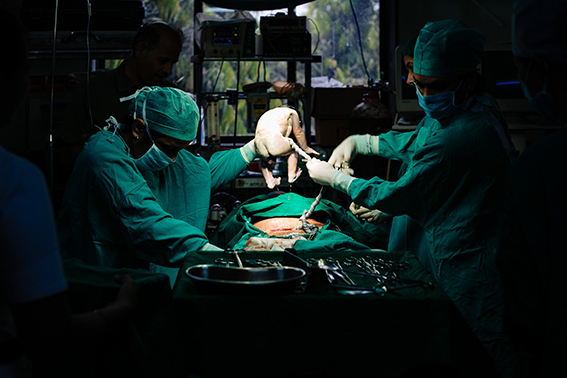
Foetal monitor reading errors
Foetal monitoring is a way for doctors and nurses to monitor an unborn baby’s heartbeat. It is also used to ensure the baby has enough oxygen and to reduce the risks of complications due to oxygen deprivation.
But the use of FHM machines doesn’t come without risks, some of which include:
- Increased chances of needing caesarean section deliveries, instrumental delivery methods and pain medications
- Labour being slowed down and a reduction in maternal mobility 20
Also, reading errors do happen by negligent doctors and hospital staff. These are:
- Failure to properly identify heart rhythms
- Lack of immediate action taken by staff when there are signs of distress
- Failure to correctly use or read a monitor
- Failure to distinguish between maternal and foetal heart rates
- Hardware failure/errors
- Lack of clinical training 23
The result of reading errors can have consequences, some of which include babies being born with birth injuries, including: cerebral palsy, stillbirth, brain damage, paralysis, placental abruption, hypoxia/apoxia and developmental delays. 21
This is seemingly a common issue which is dealt with by many law practises.
Whilst using foetal heart monitors may be re-assuring for high risk pregnancies, there is debate as to whether it is at all necessary for a low-risk pregnancy and whether the risks outweigh the benefits. 22
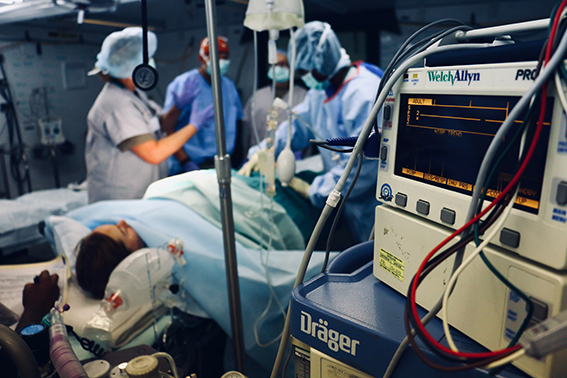
Emf and radiation exposure concerns
With the expansion of the technological age, we are continually being introduced to new and faster ways to communicate as well as new ways to add speed and convenience to our day to day lives. But at what cost to health?
Many of these technologies are a public health concern as they have been identified to emit unsafe levels of EMF pollution, which we are being continually exposed to. This includes 5G and wireless technologies, smart meters, devices such as mobile phones, and laptop computers just to name a few. The probable side effects from long-term exposure to these electromagnetic waves are stated to include cancer, neurological and developmental disability effects. 24
Apparently, there is a large body of information showing that the foetus and young child are more vulnerable to chemicals and ionizing radiation than older persons. 29 Unborn babies are at the most vulnerable to exposure, an embryo is most susceptible to the effects of radiation during organogenesis (two to seven weeks after conception) and in the early foetal period (eight to 15 weeks after conception). 25
The hospital environment is a known hot spot for EMF radiation, primarily from the intensive care unit 27 but also from MRIs, X-ray methods which include radiation therapy, CT scans, mammography, and ultrasounds. 28
Newborn incubators are in question as to whether EMF levels are safe, due to the motors which generate these emissions. 29
Foetal heart monitors, which measure the foetal heartbeat, use ultrasound transducer technology, used either in prenatal examination or early in labour. 30 Ultrasounds (non-ionizing radiation) and MRIs are stated to be safe for mother and child, but this is not without deliberation. Ultrasounds are recommended to be used with caution, using the lowest power outputs and for the shortest amount of time possible to reduce biohazards. 31 One study associated repeated ultrasound examinations with growth restriction and low birth weight; another randomised and controlled trial also showed an increased incidence of growth restricted newborns. 32
Exposure to radiation during pregnancy through x-rays (ionizing radiation) have been associated with childhood cancers and leukaemia. 26
We can take measures at home to reduce emf exposure as much as possible. Other environments, which we can’t directly control such as hospitals and other public places, may contain high levels of emfs. This can pose a risk to our health, especially for a pregnant woman.
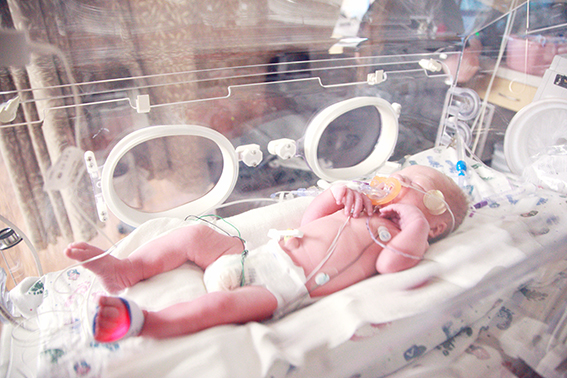
Planning a non-invasive hospital birth (with less intervention)
Even though I had planned a home birth, I did end up birthing my first child at the hospital, due to legal reasons rather than complications. While planning the birth, I considered the possibility that I may have to birth in hospital. I was happy with my experience whilst in hospital for my first born, but in order for this to happen I had to be very clear with my midwife beforehand as to what I expected from my birthing experience. She was familiar with the hospital environment and provided a comfortable room with a large bath. She reassured me that it was a private room and I would not be imposed upon by other staff, and that my baby would not leave the room at any time. You can read more about my experience here.
Being clear from the very beginning means that you will not get caught up in a cascade of interventions. Apparently, once you accept an initial intervention offer, it will be hard not to refuse consecutive ones, especially in the heat of the moment when you are at your most vulnerable. The influences become much easier to take hold over your thinking and decision making. For example, if you choose to begin with testing, foetal monitoring, etc. it may lead to an induction, then pain medications, then instrumental deliveries and c-sections. It is like a train in motion; once you start, it is going to be hard to stop. 11
Trust yourself first and always be informed before you consent to anything. This is where doing your research prior is essential.
It’s possible to have a non-invasive hospital birth like I did (depending on your chosen hospital and its facilities), but you really need to state your wishes very clearly, and be certain that you want as little interventions as possible. You may find a good specialised birthing centre that will suit your needs and expectations. Working with a midwife that supports a natural birth will always work best, as you’ll have the most mental agreement in comparison to other doctors and midwives who are sceptical of the idea.
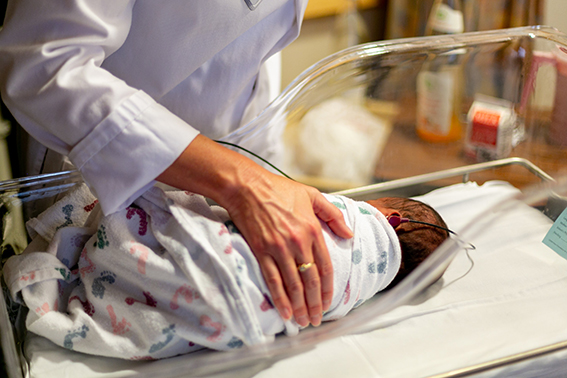
Here are some things to question if planning a non-invasive hospital birth:
- Will your baby be separated from you at any time?
- Would you agree to medications or vaccines if offered?
- Would a water birth be an option?
- Will you address the amount of time you want to wait before cord clamping?
- Who will cut the cord?
- These are still questions to consider…
- Would you agree to an epidural, or other ways to manage pain if offered?
- Will you allow ultrasounds and foetal monitoring if offered or suggested?
- Will you agree to a caesarean section if it is not an emergency, but may still be recommended?
Conclusion
Whilst birthing in hospital may come with certain conveniences and a feeling of reassurance knowing that pain medication is on hand and staff are within reach, it may not be such a reassuring place to give birth after all. With complications and risks associated with the hospital environment and birthing interventions, is it really the best choice for a mother with a low-risk pregnancy to birth her child? Only with full disclosure can a mother truly make an informed decision for the benefit of herself and her child.
Please read our disclaimer for all articles on Spiritbeing.life.
Sources
1. https://www.ourcivilisation.com/medicine/usamed/deaths.htm
2. https://www.consumerreports.org/cro/health/hospital-acquired-infections/index.htm
5. https://www.verywellfamily.com/reasons-to-avoid-induction-of-labor-2758959
6 https://www.whattoexpect.com/pregnancy/labor-induction/
7,9 https://sarahbuckley.com/epidurals-risks-and-concerns-for-mother-and-baby/
8,10 https://www.healthline.com/health/pregnancy/pain-relief-in-labor#medications-for-pain-relief
11. https://utswmed.org/medblog/forceps-vacuum-delivery/
12. https://medlaw1.com/the-risks-of-vacuum-and-forceps-assisted-deliveries/
13,14. https://theconversation.com/are-we-cutting-umbilical-cords-too-soon-after-birth-15420
16. https://fn.bmj.com/content/88/4/F346
17,18,33. Iacovidou N, Syggelou A, Xanthos T. (2013). To clamp or not to clamp late? J Pediatr Neonat Individual Med. 2(1):11-14. doi: 10.7363/020104. http://www.jpnim.com/index.php/jpnim/article/viewFile/020104/30
19. https://www.healthline.com/health/newborn-jaundice
20-22. https://www.birthinjuryguide.org/2014/05/risks-electronic-fetal-monitoring/
23. https://www.thecplawyer.com/birth-injury/injury-labor-delivery/fetal-monitoring-errors/
24-26,28. https://www.aafp.org/afp/2010/0901/p488.html
27. https://www.ncbi.nlm.nih.gov/pmc/articles/PMC5118007/
29. https://bioinitiative.org/wp-content/uploads/pdfs/sec19_2012_Fetal_neonatal_effects_EMF.pdf
30. https://www.sciencedirect.com/topics/nursing-and-health-professions/fetal-monitor
31,32. https://obgyn.onlinelibrary.wiley.com/doi/pdf/10.1576/toag.8.4.222.27271
Thank you to all photographers and Unsplash for images used in this article including Richard Catabay, Amit Gaur, Jonathan Borba and Sharon McCutcheon.
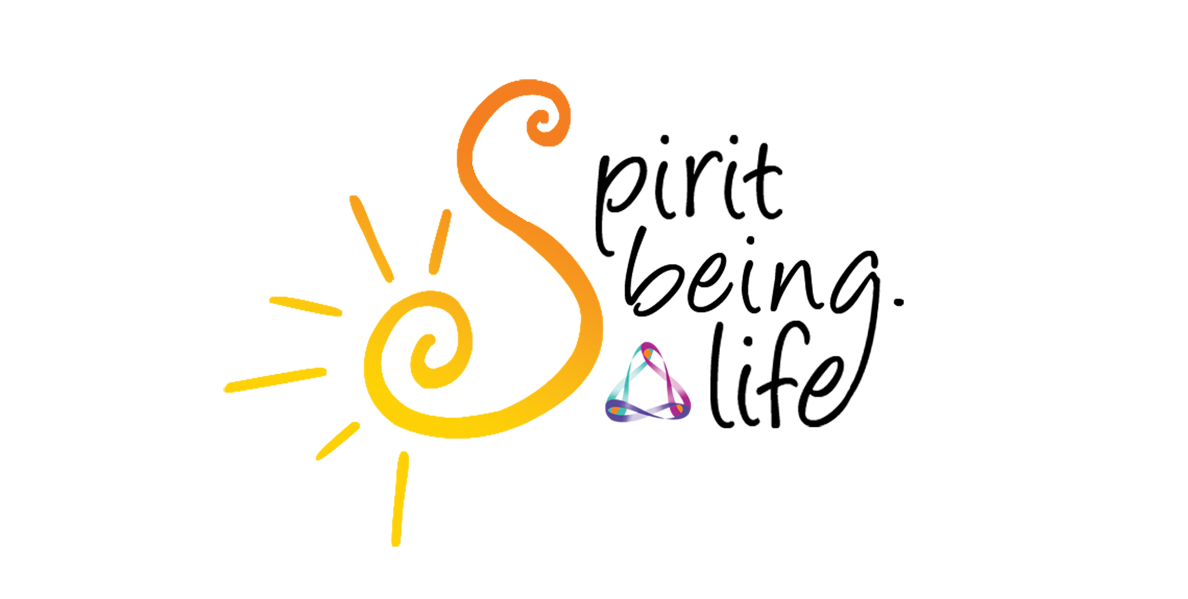
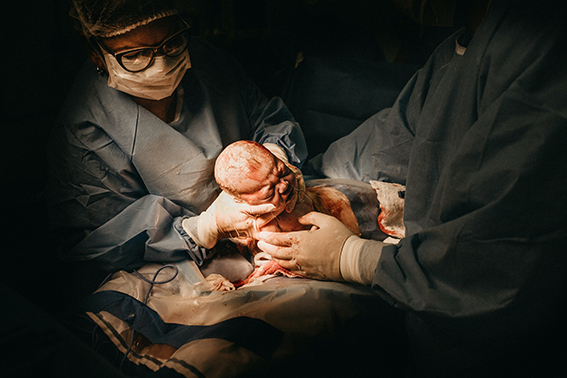
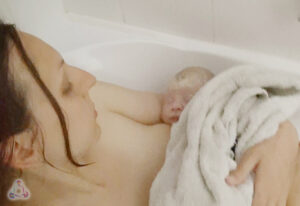
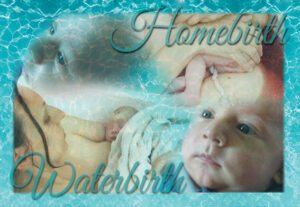
I truly appreciate your technique of writing a blog. I added it to my bookmark site list and will
Hi Rashad, thanks for your comment, I am happy to hear you found our blog useful. You are welcome back anytime.